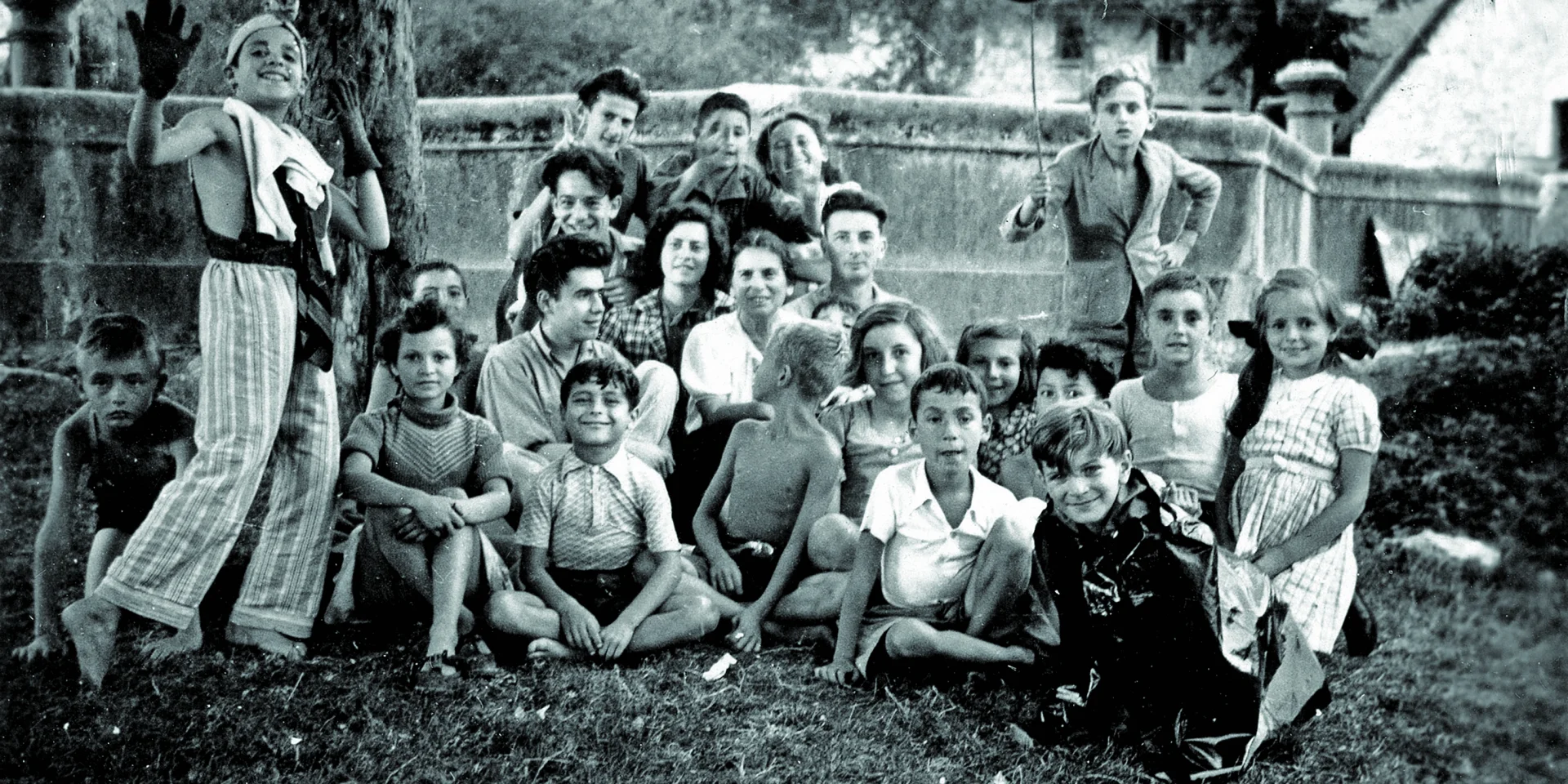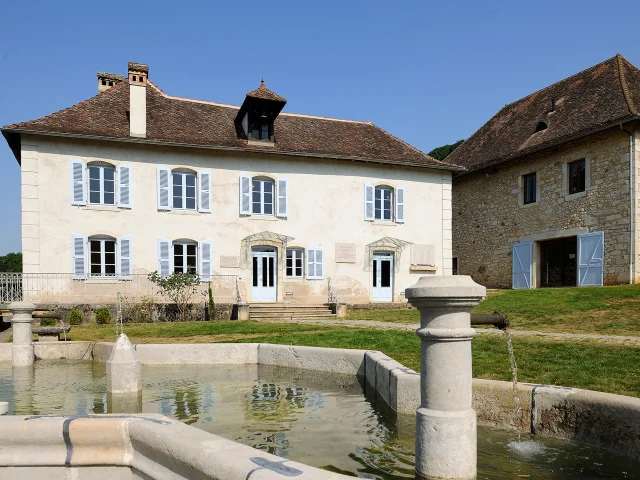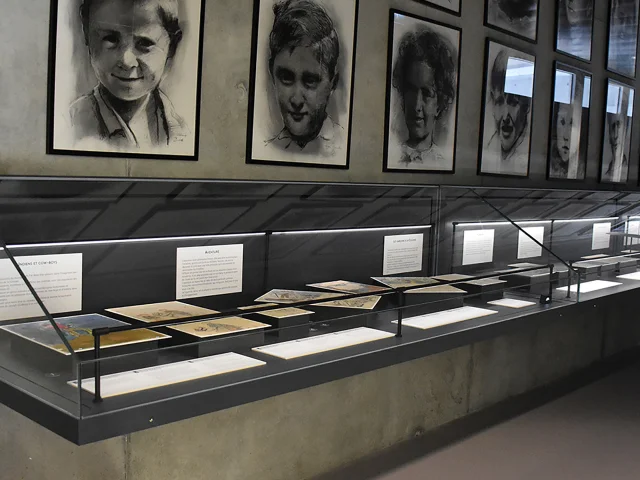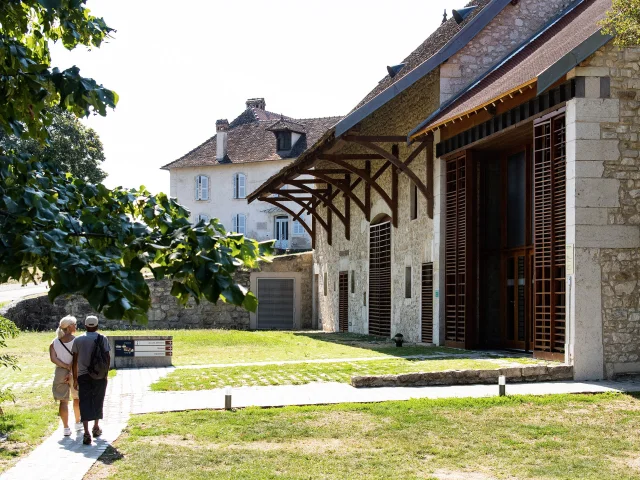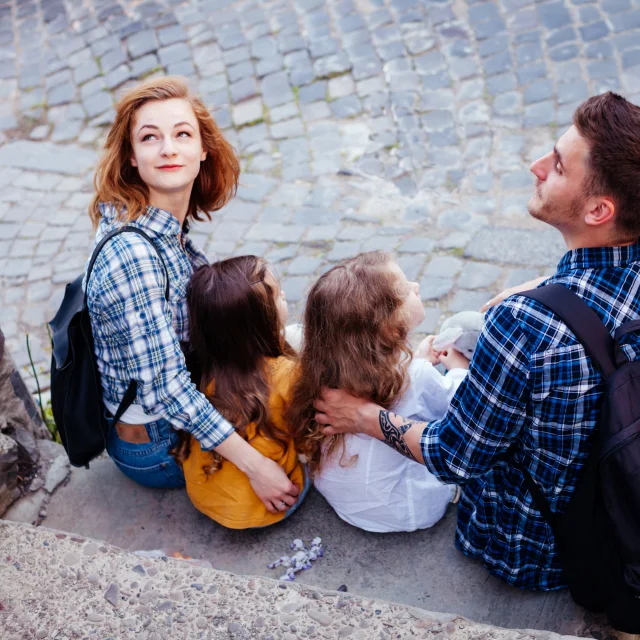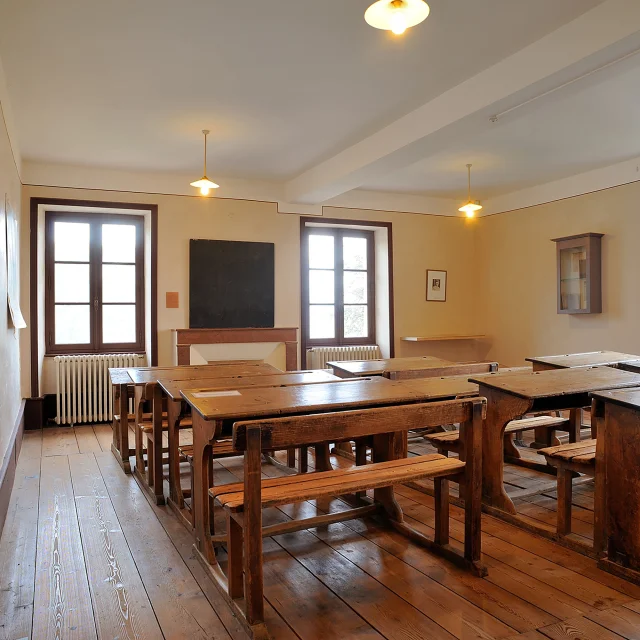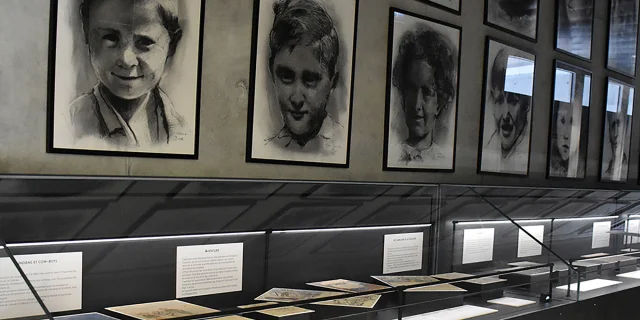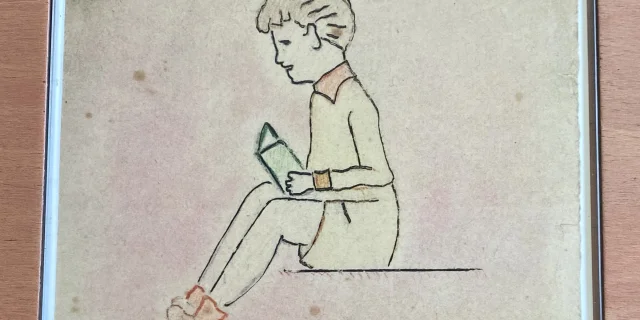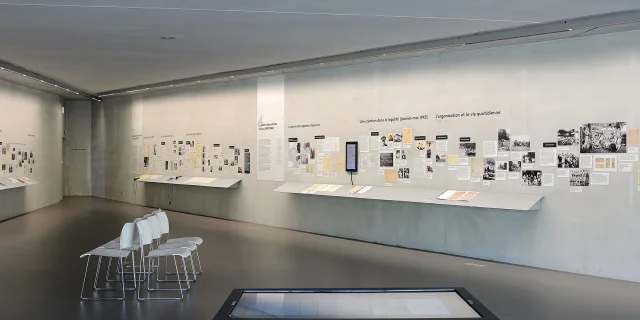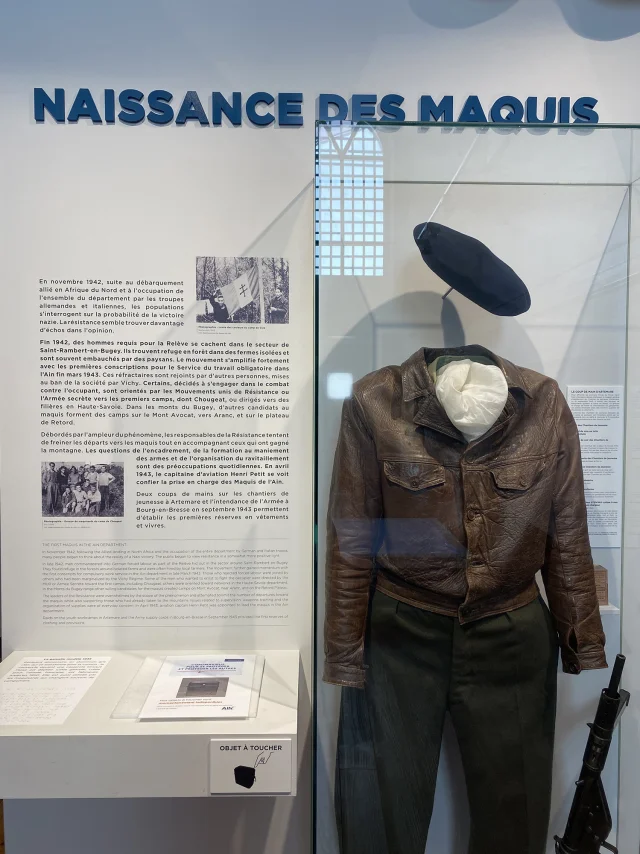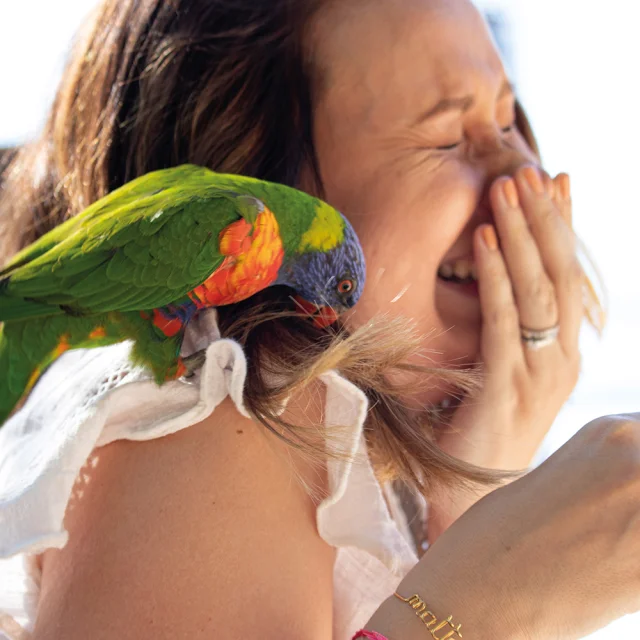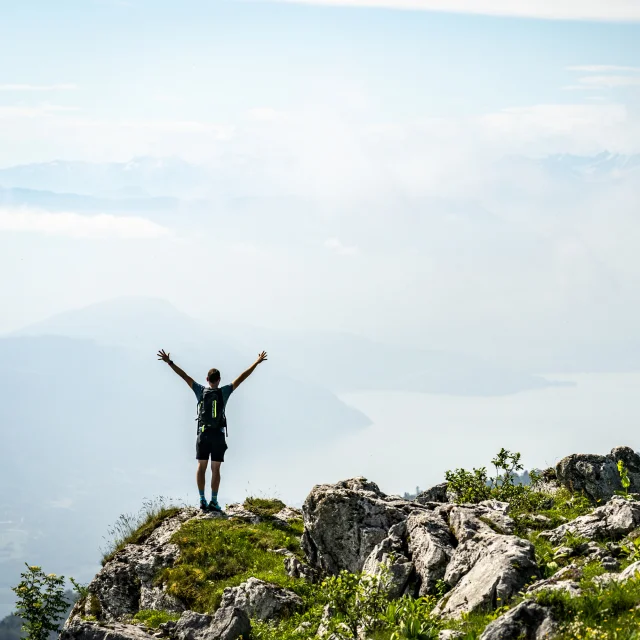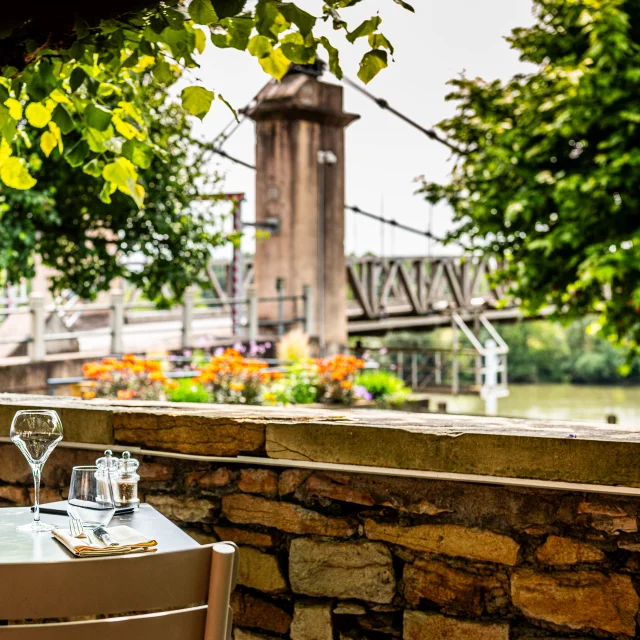The children of the Maison d’Izieu are the children of Jewish families from all over Europe, who found refuge in France to escape persecution during the interwar period.
The Vichy regime’s anti-Semitic laws of 1940 led these Jewish families to internment camps for foreigners, until in 1942, as part of its collaboration policy, Nazi Germany obtained France’s permission to deport them. A network of helpers was set up to rescue children from the camps and send them to foster homes.
In 1942, Sabine Zlatin, a Polish Jewish refugee and Red Cross nurse, rescued children from the growing threat of the Occupation of the Zone Libre. Pierre Marcel Wilter, Prefect of the Ain department, offered her the Maison d’izieu: “Here, you’ll have peace of mind”. The colony for child refugees from the Hérault region was born. Until June 1944, it welcomed 105 children, as persecution increased in the region, since Ain had been part of the occupation zone since 1943.
Many of the children taken in joined a relative or another foster home, and some were even smuggled across the border into Switzerland.
But the noose tightened around the colony and those who protected it. In April 1944, when 44 children remained at the colony and Sabine Zlatin was looking for a way to move, the Gestapo roundup put an end to hope. Only one adult would return from hell.
For the whole of Europe, the number of Jewish victims of the genocide is estimated at between five and six million. Of this total, some 1,250,000 Jewish children were murdered – almost nine out of ten.
